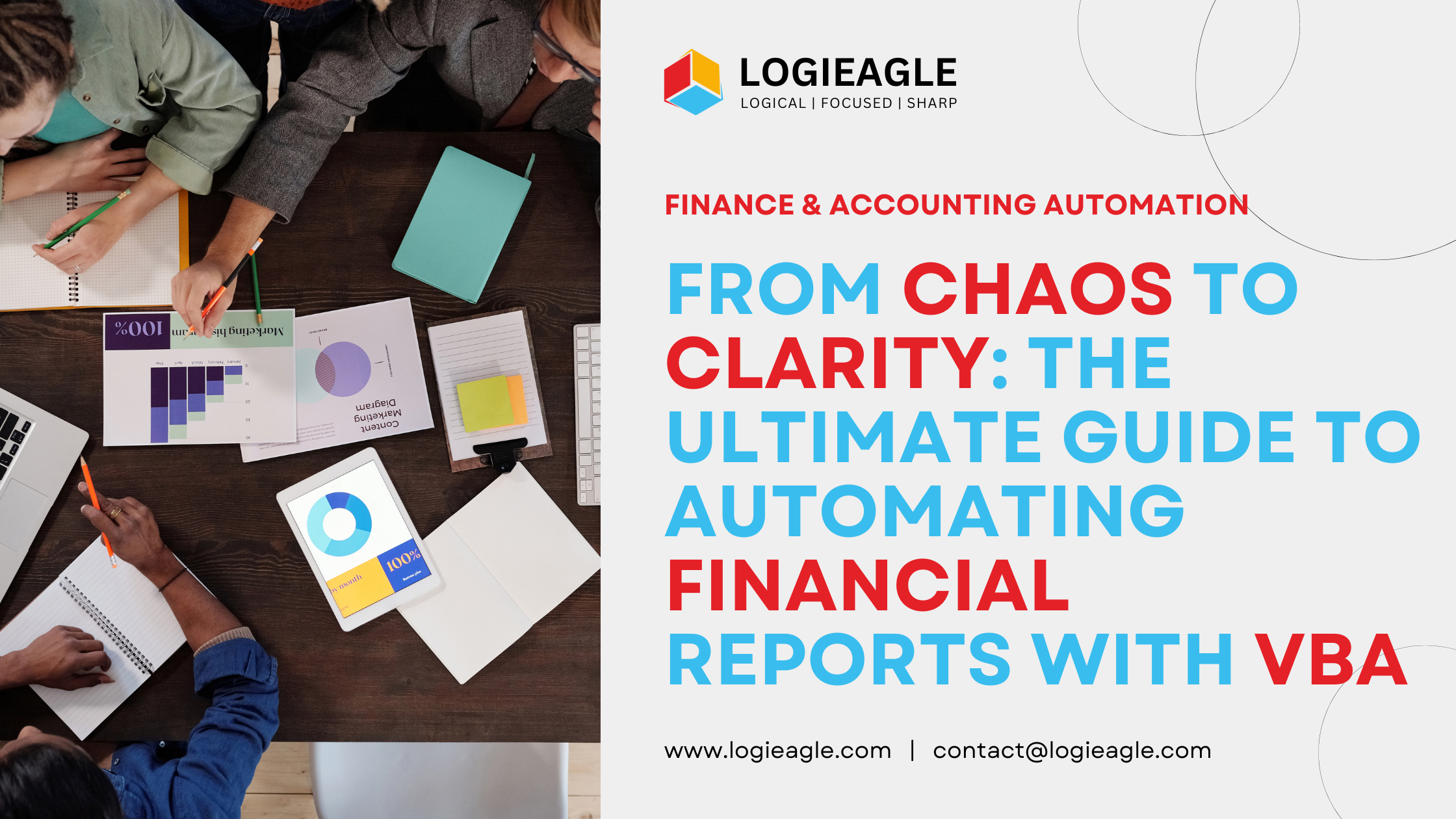
In the realm of data analytics, proficiency in tools and technologies is paramount. Excel, a ubiquitous spreadsheet software, coupled with the dynamic capabilities of VBA (Visual Basic for Applications), forms a potent combination for data analysts seeking to elevate their skills. This blog explores the synergy between Excel and VBA, unraveling the ways in which this duo can empower data analytics.
1. Understanding the Basics:
Begin your data analytics journey by familiarizing yourself with the basic functionalities of Excel. Learn to import, organize, and manipulate data efficiently using built-in features such as sorting, filtering, and formulas.
2. Advanced Formulas and Functions:
Excel’s extensive library of formulas and functions provides a solid foundation for data analysis. Delve into more advanced functions like INDEX, MATCH, and nested IF statements to handle complex analytical tasks. These functions, combined with VBA, offer unparalleled flexibility.
3. Introduction to VBA:
Visual Basic for Applications is Excel’s programming language, allowing users to automate tasks and enhance functionality. Start by understanding the basics of VBA, including variables, loops, and conditional statements. This knowledge forms the building blocks for more advanced applications.
4. Automating Repetitive Tasks with Macros:
Macros, written in VBA, are a game-changer for automating repetitive tasks. Whether it’s cleaning and formatting data or executing a series of complex operations, Macros save time and reduce the risk of errors. Learn how to record and edit Macros to suit your specific needs.
5. Data Visualization with Excel Charts:
Excel’s charting capabilities provide a visual dimension to data analysis. Explore various chart types and understand how to create dynamic charts linked to your data. Combine this with VBA to automate the generation of charts and dashboards.
6. PivotTables for In-Depth Analysis:
PivotTables are a data analyst’s best friend. Master the art of creating PivotTables to summarize and analyze vast datasets effortlessly. With VBA, you can automate the creation of PivotTables, making your analysis more dynamic and efficient.
7. Custom Functions and User Forms with VBA:
Elevate your analytics game by creating custom functions using VBA. These functions can address specific analytical needs not covered by built-in Excel functions. Additionally, explore the creation of user forms for interactive data input and enhanced user experience.
8. Advanced Data Analysis with VBA:
Delve into more complex applications of VBA for data analytics. This includes automating statistical analysis, implementing machine learning models, and integrating Excel with external data sources.
9. Error Handling and Optimization:
Enhance the robustness of your VBA scripts by implementing error handling techniques. Learn to identify and address errors to ensure the reliability of your automated analytics processes. Additionally, explore optimization strategies to make your code more efficient.
10. Case Studies and Real-World Applications:
Explore real-world case studies and applications where Excel and VBA have been instrumental in solving complex data analytics challenges. Gain insights into how professionals leverage these tools for impactful decision-making.
Conclusion
Excel and VBA form a dynamic duo, offering a versatile platform for data analytics. By mastering the interplay between these tools, you can streamline processes, automate repetitive tasks, and unlock new dimensions of analysis. Whether you’re a beginner or a seasoned analyst, the fusion of Excel and VBA opens doors to a world of possibilities in the realm of data analytics. So, roll up your sleeves, dive into the tutorials, and embark on a journey of empowering data analytics with Excel and VBA.
 From Chaos to Clarity: The Ultimate Guide to Automating Financial Reports with VBA
From Chaos to Clarity: The Ultimate Guide to Automating Financial Reports with VBA
 Did You Know You Can Launch an MVP in 30 Days? Here's How!
Did You Know You Can Launch an MVP in 30 Days? Here's How!
 Mastering Business Intelligence Dashboards: Excel Techniques You Need to Know
Mastering Business Intelligence Dashboards: Excel Techniques You Need to Know
 Turning Excel into a Scalable Business Tool: A Step-by-Step Guide
Turning Excel into a Scalable Business Tool: A Step-by-Step Guide
 The Psychology Behind Intuitive UX: How to Design for User Comfort
The Psychology Behind Intuitive UX: How to Design for User Comfort
 What Makes a Good MVP? Essential Tips for First-Time Founders
What Makes a Good MVP? Essential Tips for First-Time Founders
 How to Increase User Retention with Game Mechanics in Your App
How to Increase User Retention with Game Mechanics in Your App
 Excel Automation for Non-Technical Teams: A Beginner's Guide
Excel Automation for Non-Technical Teams: A Beginner's Guide
 How AI Is Transforming ERP Systems for SMEs
How AI Is Transforming ERP Systems for SMEs
 Why UX Is the Silent Salesperson in Every App
Why UX Is the Silent Salesperson in Every App